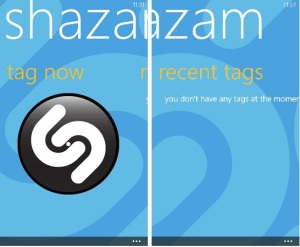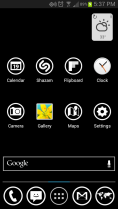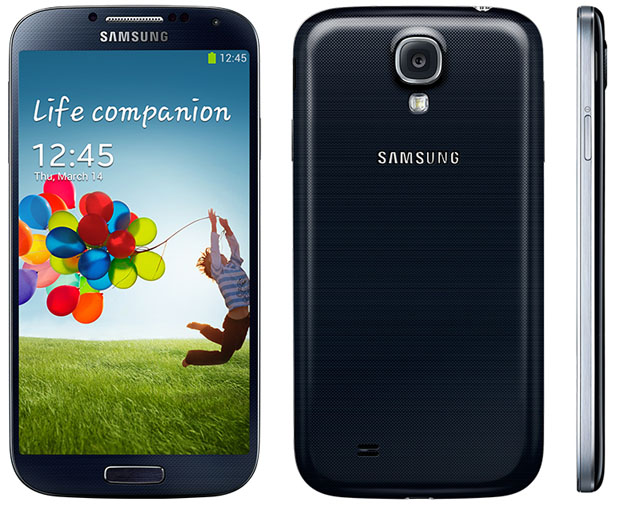I love Windows Phone 8. It reminded me of when I picked up a 1st generation iPod Touch when it was first released (before iPhone!) and how intuitively easy it was to become familiar with iOS (1.0?). WP8 seems to lean towards users who don’t really care so much about customization and love intuitive functionality.
It would be PERFECT for an iPhone user who wants a bigger screen using phones such as the Lumia 920 or HTC 8X. I want it to be a huge competitor, but the WP8 app store needs to build up its catalog. And Microsoft, for the love of digital god, please fix Skype. You know you own it, right?
The Bad
With all that cash under its mattress, Microsoft MUST encourage popular app developers to make apps for WP8. I’m sure they’ve been doing just that, but not well enough. I was most disappointed to find (or not find) that Flipboard hasn’t made it to WP8 (yet).
I know this isn’t specifically WP8, but the Skype app is inexcusably bad. Despite Microsoft buying Skype a couple years ago, WP8’s version is by far the worst out of all OS’. Skype itself claims it’s still in beta (preview) for WP8, which is an excuse so people won’t grumble too much when they encounter bugs. But this charade has gone on long enough. There are barely any features, such as switching front and back cameras, to even have bugs. For this, I cast binary shame upon thee, Microsoft.
The Good
I am a great fan of the side-scrolling navigation. You’ll quickly become accustomed to side-scrolling by visual cues and clues.
In some apps, like Shazam, it feels like the phone contains a page or tapestry that is wider than the phone itself. You scroll from left to right so the display focuses on what you want.

Notice the seemingly random “r” on the left, it’s a visual clue to swipe right to left. Also notice how “Shazam” and the background shifts as you swipe right to left
The live tiles and the way they occupy the home screen is pretty cool; I didn’t miss wallpapers at all. The tiles display information from the app on the home screen without having to go into it, which is similar to Android’s Widgets. You can adjust tile sizes, rearrange them and change color themes. Even the brown theme looks good on this thing.
For everyday functionality, such as phone, texts, email, calendar, etc, WP8’s native apps are intuitive and work perfectly well. However, only Nokia phones will have their brand of map features (HERE) which are on par with Google Maps. Other WP8 phones are stuck with Bing Maps which is OK, but you’ll find it lags behind Google Maps.


